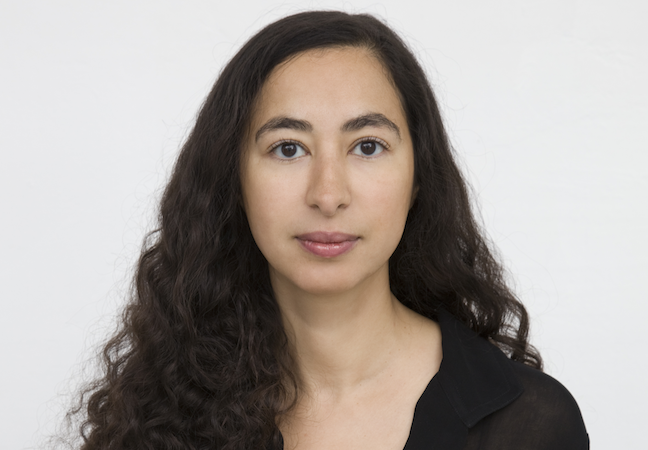
Photo Annik Wetter.
Latifa Echakhch (born 1974) creates installations that range from the understated to the grandiose, the surreal and the conceptual. With a poetic approach, she examines subjects such as geography, politics, religion, and memory with a starting point in culturally-loaded objects. For Wanås Konst, she has created Blush, a brick circle on the ground, 6 meters in diameter. Furthest out in the circle, the bricks are whole, but as we approach the center, the material is crushed into increasingly small pieces until we reach the middle, where it has been ground into pigment. Echakhch was trained at the École Nationale Supérieure des Beaux-Arts in Lyon and has had solo exhibitions at MACBA: Museu d’Art Contemporani, Barcelona (2010), Portikus, Frankfurt am Main (2012), the Hammer Museum, Los Angeles (2013), Centre Pompidou, Paris (2014), Museum Haus Konstruktiv in Zürich (2015), The Power Plant in Toronto (2016), and Museum Boijmans Van Beuningen in Rotterdam (2018). She participated in the Venice Biennial in 2013 and, in the same year, received the prestigious Marcel Duchamp Prize.
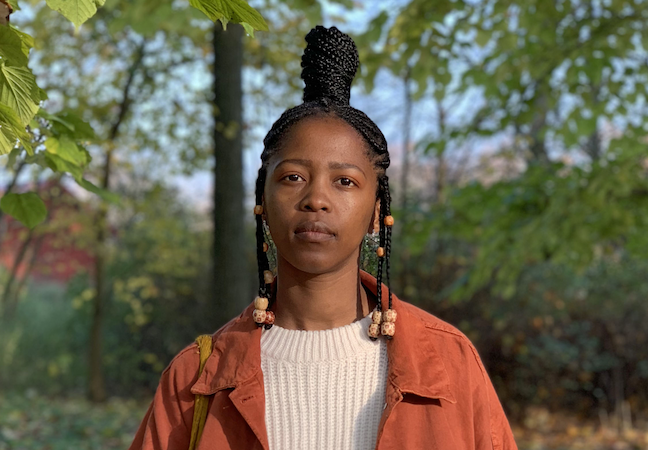
Lungiswa Gqunta (born 1990) works with sculpture and installation that reveals inequality in South African society. At Wanås, she is showing two artworks. Divider consists of beer bottles hanging by a rope twisted from sheets, creating a barrier in the park. The artwork emphasizes how alcohol divides families and societies; the first version was shown in the exhibition Qokobe at Whatiftheworld gallery in Cape Town, 2016. Thousands of broken soda bottles are placed in a rectangle and the smell of gasoline spreads through the room in the artwork Lawn I, which refers to violence and resistance. Gqunta holds her degree from the Michaelis School of Fine Art, Cape Town. In 2017, she participated in the Istanbul Biennial and Manifesta 12 in Palermo, Italy. She is represented at Zeitz MOCCA in Cape Town, and she is part of the artist collective iQhiya, which exhibited at documenta 14 in Athens and Kassel (2017). Gqunta is currently in a two-year residency at the Rijksakademie van Beeldende Kunsten in Amsterdam.
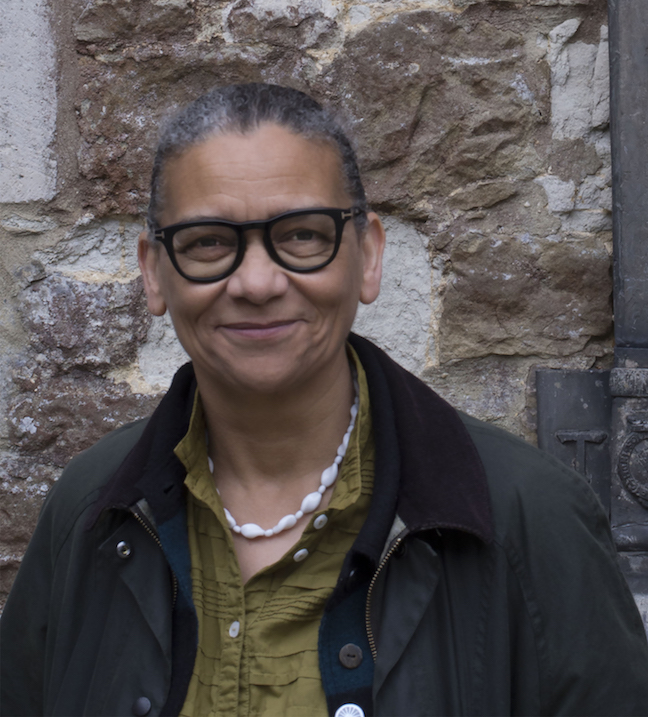
Photo Ingrid Pollard.
Lubaina Himid (born 1954) has been active as an artist since the 1980s, working with techniques such as painting, collage, and found objects, often in installations that occupy the entire room. Himid was one of the first artists of the British Black Arts movement of the 1980s, and returns to history, colonialism, and historiography both in her own works and in how she creates exhibitions. At Wanås Konst, she is displaying part of Vernet’s Studio (1994), which comments on art history—who is an artist and how art is created—by reproducing female artists such as Frida Kahlo and Jenny Holzer. She is also exhibiting Feast Wagons (2015), a collaboration with Susan Walsh in which different transportation objects —wagons and wheelbarrows—are modified and become the foundation for paintings in an artwork abouttrade and migration. Himid is a professor of contemporary art at the University of Central Lancastershire, Great Britain. In 2017, she was awarded the prestigious Turner Prize. In 2019, she is presenting a solo exhibition at the New Museum, New York City. Vernet's Studio is on display until October 13.
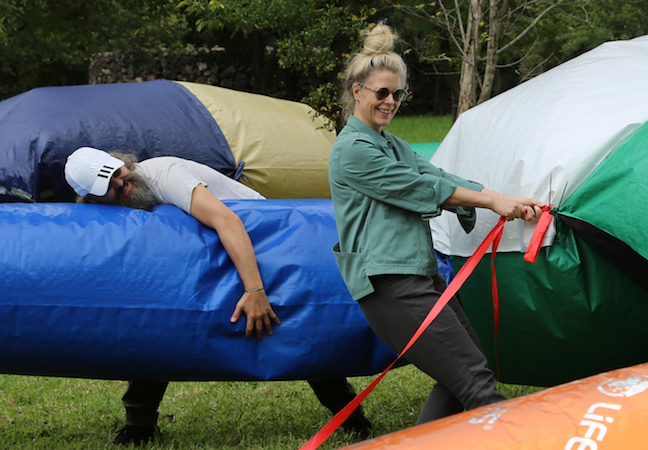
Photo The Nirox Foundation.
Peter Geschwind & Gunilla Klingberg (both born 1966) works with sculpture and installations. In their art, they examine the city, the mundane, and mass consumption. For Wanås Konst, they have created a new work entitled LIFESYSTEMS – NONSPACE, a gigantic inflatable sculpture made of tarpaulins formed by the space between trees in the park. Klingberg has participated in the Venice Biennial (2003), the Istanbul Biennial (2007), and the Gwangju Biennale (2016), as well as in exhibitions at MoMA/PS 1 in New York City (2006), and in solo exhibitions at Bonniers konsthall (2009), Stockholm, Kiasma, Helsinki (2014), and Malmö konsthall (2014). She has made several public artworks, such as those for Triangle Station in Malmö (2010) and Town Hall Skåne in Kristianstad (2014), Klingberg attended Bergh’s School of Communication and Konstfack in Stockholm. Peter Geschwind works with moving sculpture, sound, and film, and has had solo exhibitions at venues such as Künstlerhaus Bethanien in Berlin (2002), Färgfabriken and Liljevalchs, Stockholm (2006), Gävle Arts Center (2010), and the Royal Academy of Fine Arts in Stockholm (2019), and has participated in numerous group exhibitions, the most recent of which took place at Tensta konsthall (2018). Geschwind was trained at Konstfack as well as the Royal Academy of Fine Arts in Stockholm, where he is also a professor of sculpture.
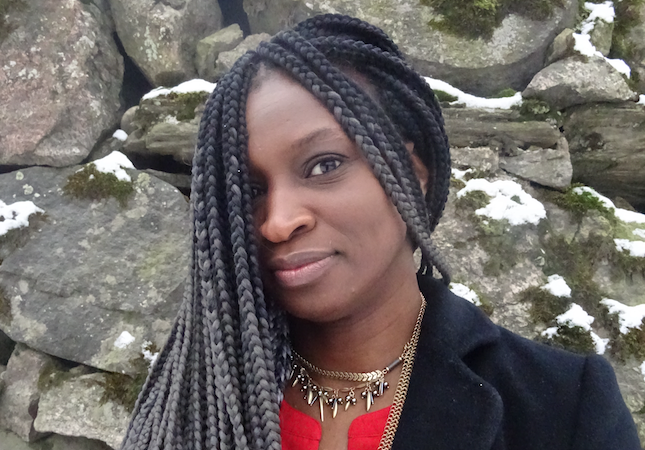
Marcia Kure (born 1970) works with collage, painting, drawing, and sculpture that examine identity as it relates to fashion, popular culture, and femininity. For the exhibition Not A Single Story II at Wanås Konst, she has created the work Denizens, which consists of two ambiguous textile figures placed high up in the trees. The artwork is a continuation of the sculpture group Bird of Paradise (2018), which she created at The Nirox Foundation in Johannesburg. Kure attended the University of Nigeria in Nsukka. Her art has been shown in a large number of solo exhibitions around the world, and she has participated in the Sharjah Biennial (2005), La Triennial at Palais de Tokyo, Paris (2012), Dak’Art Biennale, Dakar (2014), and as part of Koyo Kouoh’s exhibition Body Talk at Lunds konsthall (2015), among others. Her works are in the collections of such institutions as the British Museum in London, the Smithsonian American Art Museum in Washington, D.C., and Centre Pompidou in Paris. In 2014, she completed a residency at Victoria and Albert Museum, London.
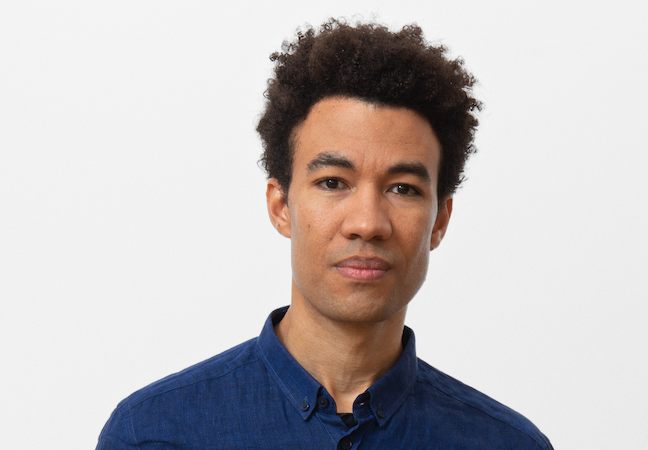
Photo Albin Dahlström, Moderna Museet.
Santiago Mostyn (born 1981) works with photography, video, sculpture, and installation. His works are characterized by personal and political stories that examine colonialism, social norms, and isolation. At Wanås Konst, he is displaying the video work SUEDI (Slow Wave edit) from 2017, a video work in two parts—two persons wrestling are followed by aerial news footage showing immigrants traveling on foot through southern Europe. The images are interwoven with the song Suedi by rapper Erik Lundin, reworked by musician-artist duo Susanna Jablonski + William Rickman. For the exhibition at Wanås Konst, Mostyn has incorporated pictures from the site. Mostyn has participated in exhibitions at institutions such as Kunst-Werke in Berlin (2008), Hiroshima Museum of Contemporary Art (2015), Moderna Museet in Malmö and Stockholm (2016), Göteborgs Konsthall (2017), and Galleri Format in Malmö (2019), and he is currently working on an exhibition at Lunds konsthall for summer 2019. In 2018, he curated The Moderna Exhibition at Moderna Museet in Stockholm along with Joa Ljungberg. SUEDI (Slow Wave edit) is on display until September 22.
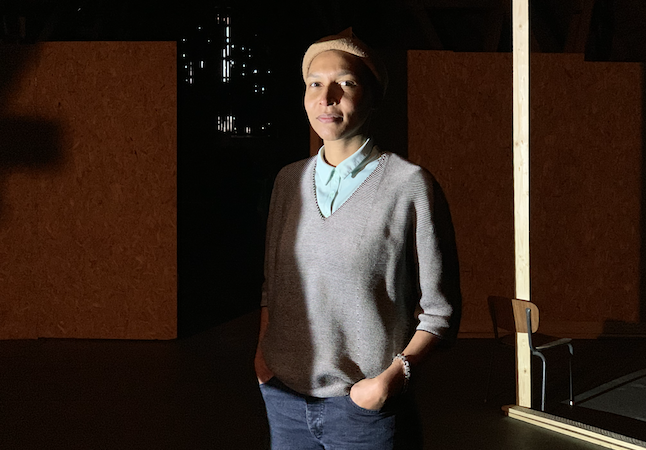
Anike Joyce Sadiq (born 1985) works with video, audio, and installations that examine the human gaze, social relationships, intimacy, and exclusion. With the installation You Never Look at Me From the Place from which I See You (2015), Sadiq activates the observer. A chair is centrally located in the exhibition space, and anyone who sits in it sees a video projection of a shadow that meets and overlaps the observer’s own. The back of the person sitting becomes a surface for yet another projection. Since receiving her degree from the Royal Institute of Art in Stuttgart in 2011, she has participated in solo and group exhibitions at Kunsthalle Baden-Baden (2015), StadtPalais – Museum für Stuttgart (2017), NGO – Johannesburg (2018), Vox Populi in Philadelphia (2018), Lothringer 13 Halle, Munich (2018), and Dak’Art Biennale, Dakar (2018), among others. In 2015, she became a Villa Romana Fellow in Florence, and in 2019 she is in residency at Cité Internationale des Arts in Paris.